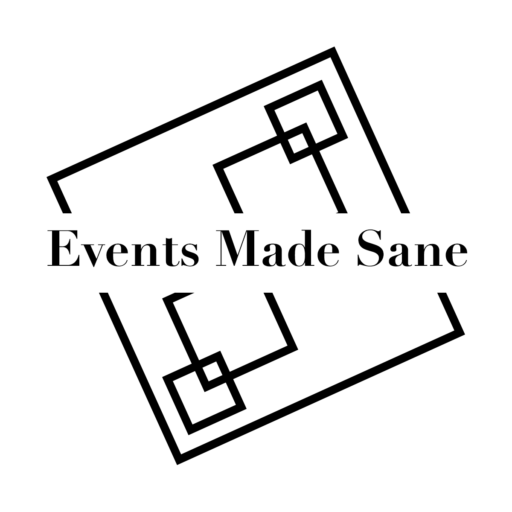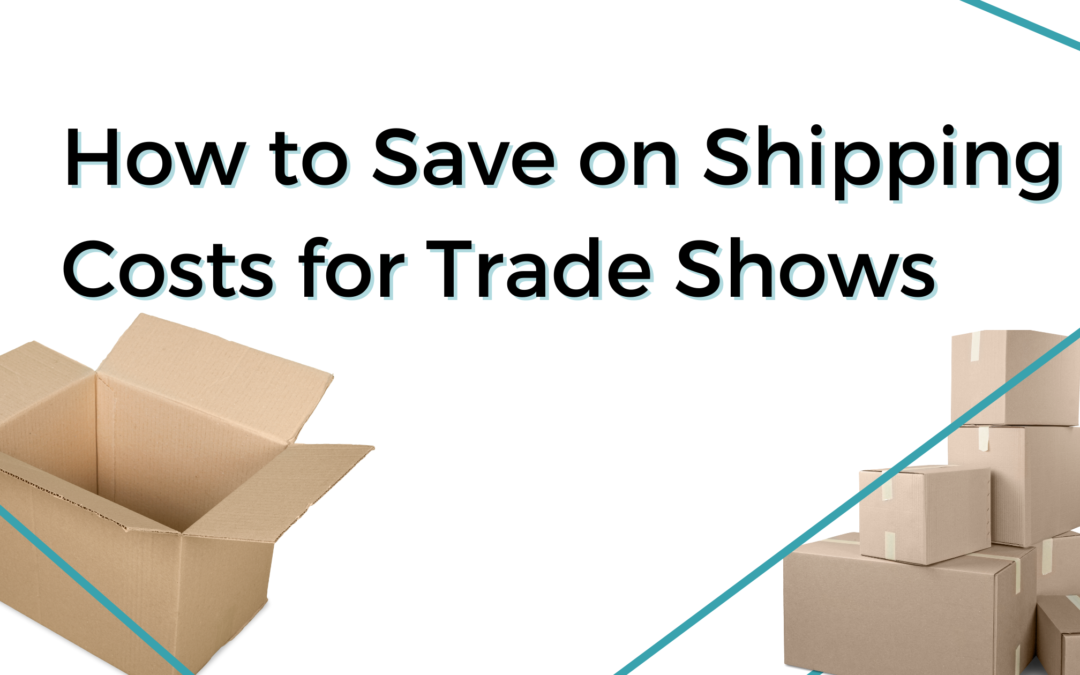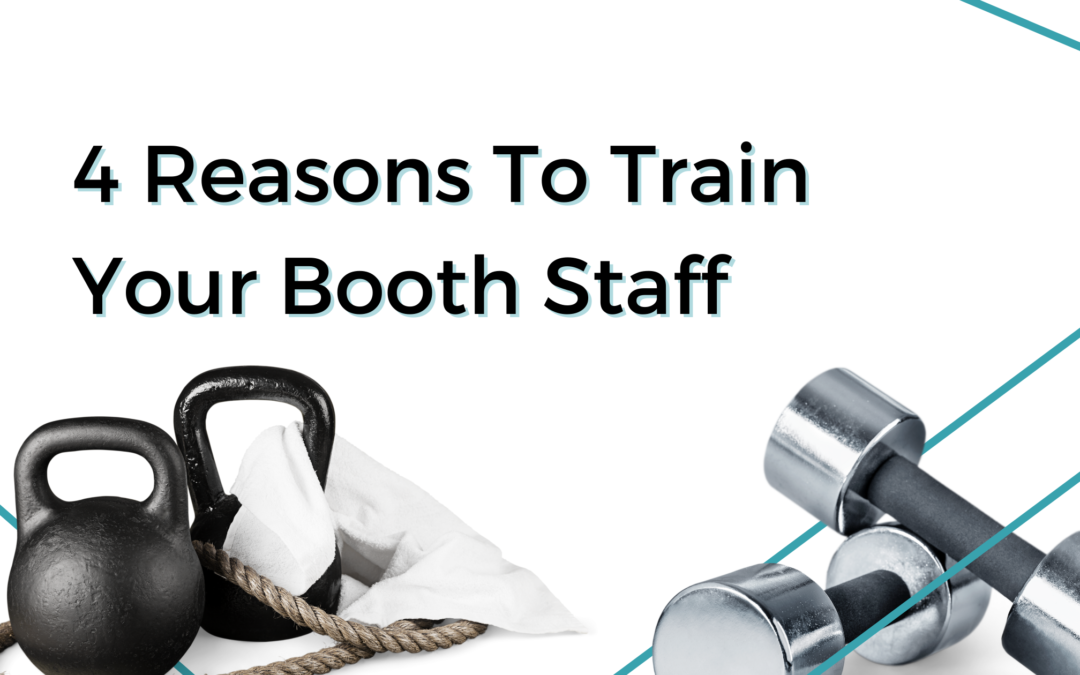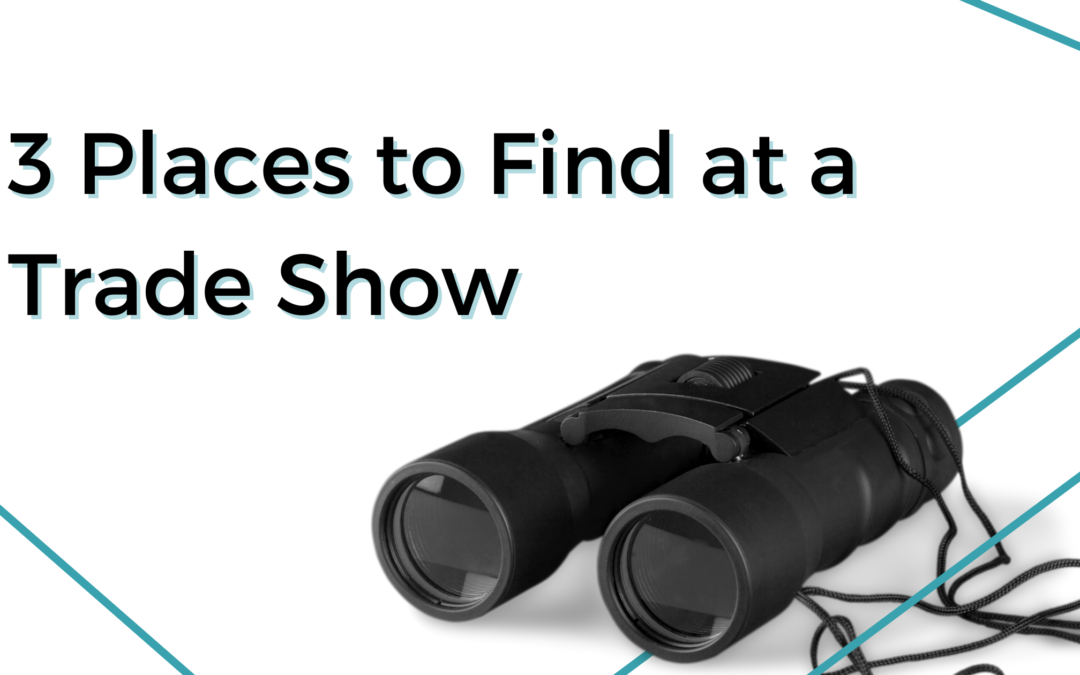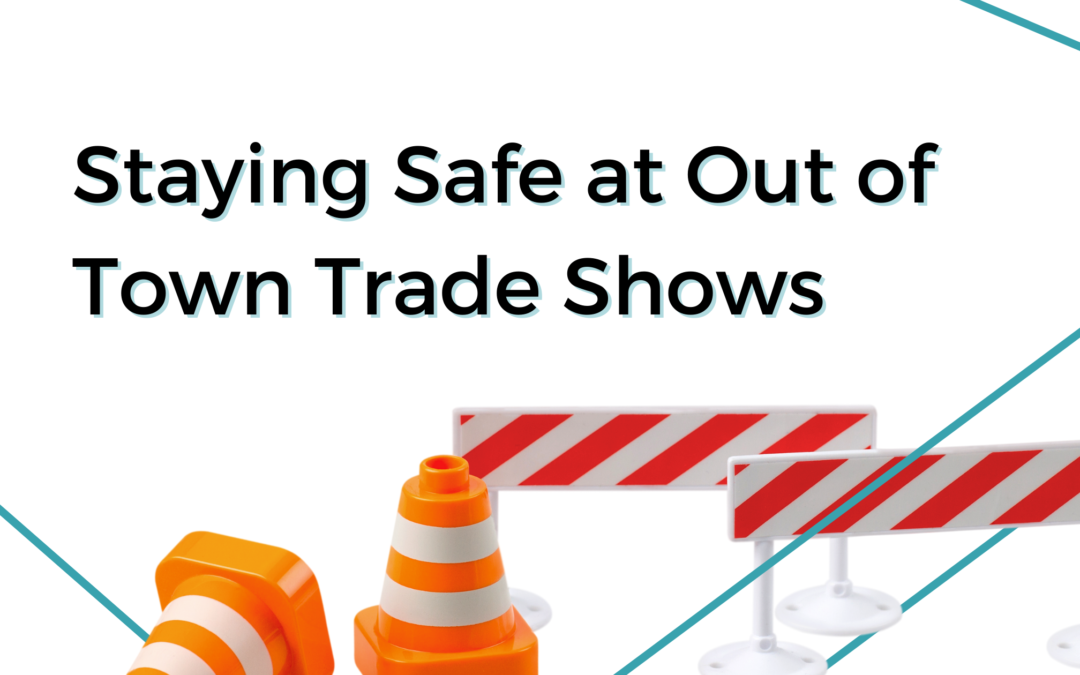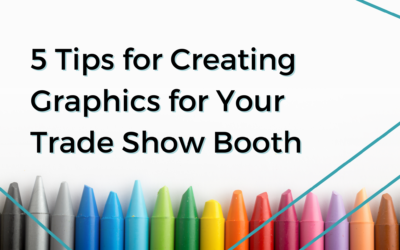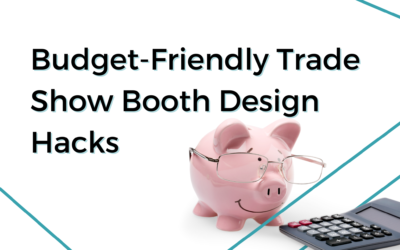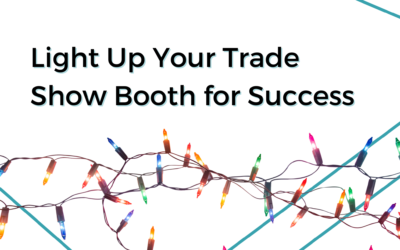Among the things that contribute to a successful trade show exhibit, graphics play a crucial role in attracting attention, conveying messages effectively, and leaving a lasting impression. Here are 5 tips for utilizing graphics in your trade show booth to maximize engagement and hit your goals.

Booth Feng Shui: Arranging Elements for Flow and Harmony
In the bustling world of trade shows, exhibitions, and conferences, the success of a booth goes beyond just an eye-catching design or flashy banners. If you find yourself struggling with booth design, an interesting place to look is the ancient art of Feng Shui. It can be a powerful tool in creating an inviting booth that attracts and engages visitors on a deeper level. Let’s explore the principles of Booth Feng Shui and how you can use its principals to help with your booth design.
What is Booth Feng Shui?
Feng Shui is an ancient Chinese practice that seeks to balance individuals with their surroundings. It’s all about the flow of energy, or “chi,” and how it effects the well-being and success of those in a given space. When applied to trade show booths, the principles of Feng Shui can create a positive and inviting atmosphere that attracts potential clients and partners.
Choosing the Right Booth Layout
The first step in applying Booth Feng Shui is selecting the optimal layout for your space. According to Feng Shui principles, a booth should have an open and welcoming design that allows energy to flow freely. Avoid clutter and ensure that the layout is easy to navigate. A well-organized space not only enhances the visual appeal but also encourages visitors to explore and engage with your offerings. (See some easy tips for a small booth to compete with the larger ones. )
One of the biggest turn offs of a booth space is when it looks like someone is trying to fit their entire store or catalog into a small space. Bring only the products or demos that are needed.
The Five Elements
In traditional Chinese philosophy, the five elements—wood, fire, earth, metal, and water—play a crucial role in maintaining harmony. Translating these elements into your booth design can be a subtle yet effective way to create balance. For example, incorporating wooden elements like bamboo displays or furniture adds an organic touch, while metal structures or accents bring a sense of precision and clarity.
Color Theory
Colors have a profound impact on our emotions and energy levels. Earthy tones like greens and browns can create a grounded and stable atmosphere, while pops of red or orange can inject passion and excitement. It’s crucial to strike a balance that aligns with your brand identity while resonating with the energy you want to convey.
If your brand is built around softer colors, you can add more vibrant hues of those colors to add those pops of color. An example is if your logo is dark blue, bringing in a teal blue allows you to stay close to your brand guidelines while also adding that pop.
The Flow
Feng Shui states that the arrangement of furniture affects the energy flow in a room, the layout of your booth can significantly impact the flow of visitors. Create clear pathways that guide visitors through different sections of your booth. A good flow makes it easier for attendees to interact with your products or services.
A part of flow is making sure that people know what is happening in your booth at a glance. Use your graphics to let attendees know exactly what you offer and how you can solace their problems. (Learn how to bring traffic to your booth)
Nature and Greenery
Adding natural elements into your booth design brings the power of nature to your space. Consider adding plants, flowers, or even a small water feature bring a sense of vitality and freshness. Not only do these elements contribute to the visual appeal, but they also purify the air and create a more pleasant environment for visitors.
Booth Feng Shui goes beyond the booth look; it’s about creating a calm and harmonious environment that works with your brand and attracts positive energy. By carefully considering the layout, adding the five elements, choosing the right color palette, and having a smooth flow, you can se your booth up for success at trade shows. Embrace the ancient wisdom of Feng Shui, and watch as your booth engagement grows.
